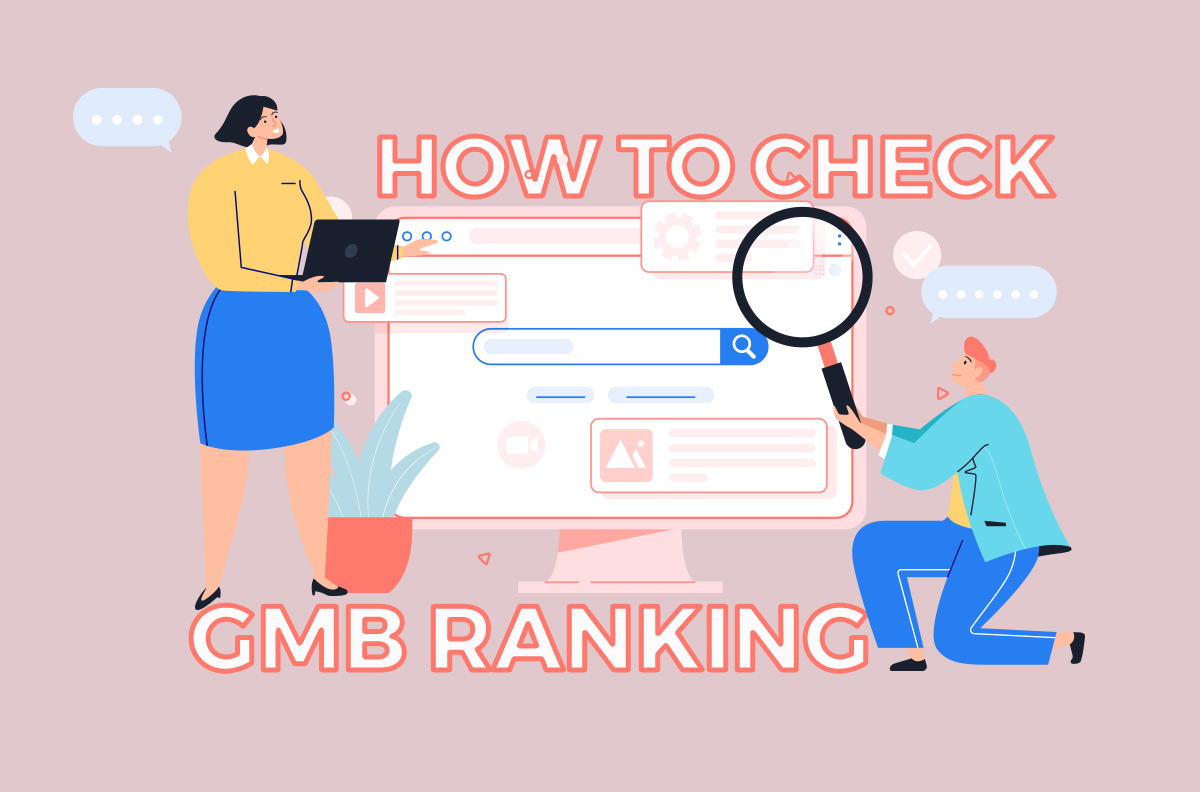What does it mean to optimize ad campaign’s performance
Whether creating a new ad campaign, or looking over at some underperforming ads, you may have thought about using popular keywords and buzzwords to implement in your campaign to generate more results. Prior to thinking about optimizing your ad, it is generally a matter of intention. You must first understand the goals and guidelines by which you are defining your success. In this article, we will talk about optimizing your paid ad campaigns, revitalizing your underperforming ads, and providing a key performance indicator (KPI) checklist for the performance of your ads.
Ad campaign optimization refers to the steps you take to improve the performance of your campaigns. It helps you maximize your potential and, ultimately, your profits by: targeting the right audience. crafting personalized content and messaging. leveraging the right platforms and tools.
5 Hacks That Will Optimize Your Ad Campaigns
How to optimize ad campaign’s performance for quality

Further to the above, such questions to start asking yourself are: What is the purpose of this ad campaign? What kind of offer am I promoting to my audience? What audience would most benefit from this offer and solution? Once you start answering these questions, optimization starts to take shape and form. Optimization is rarely about metrics during creation, this is only valuable to you after weeks and months of data.
A paid ad campaign usually does not do well by itself, regardless of how great the copy and offer is. The key optimization channel is your funnel. Without building a proper lead generation funnel, your conversions will suffer, and so will your share of the wallet. To build a proper funnel, you must first understand the buyer’s journey, which is a decision-making process your ideal consumer will follow in order to eventually decide to take your offer or purchase your product. This begins with awareness, flows through to consideration, and finally, ends with a decision.
If you want to know what the three main factors that determine ad quality are, the answer is expected clickthrough rate, landing page experience, and ad relevance.
What are the Three Main Factors that Determine Ad Quality?
How frequently should I update or tweak an underperforming ad

Tweaking your ad should be done as scarcely as possible, especially depending on the platform you are on. After all, you should not be changing a successful campaign, only scaling it up. This is more a question of what changes I should make to my template, rather than making frequent changes. Trust that the search engine or social media platform you have selected has a great algorithm, as this is their primary business model. Below are the top 5 updates you should be reviewing with your ad:
- A/B testing
Split testing is one of the most common tweaks and attributed to a successful campaign, and much of the initial budget is spent on this. Split your ads into different groups, and run no more than 2 iterations of each version. Once you are happy with this, run them all, and observe the performance.
- Segmenting your keywords
Do not try and jam too many keywords into a sentence when looking to optimize ad campaign. Segmenting your keywords will increase your overall quality score, which we will talk about more below. Segmenting your keywords means creating a specific ad for each keyword, rather than cramming it full of every word you are trying to rank. What’s more, this will give insight into the best performing keywords.
- Building a specified audience
Lookalike audiences are one of the best groups you can target. Using your Google Analytics, you can create specific groups that can be added to your audience. This audience can be people that have already viewed your ads, downloaded your products, or accepted your offers.
- Searcher intent
Some keywords or landing pages may not match your searcher’s intent. For example, if the first ad in your customer’s buying journey takes people to the checkout page of your website, this is much too far into the process. Consider a CTA that leads to a free offer first, or an informational page that will draw people in and down the funnel.
- Improving the quality score of your ad
Quality score, as defined by Google themselves, is the estimated quality of the ads, landing pages and various keywords that you have chosen in your ads. This is a score of 1-10, and is based on relevancy. This is the best metric you can improve, as an improvement in quality lowers your cost per click and improves your ads’ performance.
Optimize your ad: Top 6 key performance indicators

- Cost per mille (CPM)
Cost per mille or the cost of 1000 views of your ad. This indicates how high your cost is for specific placements. CPM should be optimized to be as low as possible.
- Cost per click (CPC)
Cost per click is a general and very self-explanatory metric that indicates budget success. A low cost per click is desired. However, it is not as important as CTR.
- Cost per conversion
One of the most important metrics will financially indicate if your campaign is successful or not. If your cost per conversion, plus your operational costs, are lower than your sales made, then you have a self-sustaining ad campaign.
- Conversions
A conversion is the percentage of users that have taken your desired action. The benchmark is difficult to ascertain as it varies between industries and types of offers. In the above example, the conversion was the final sale of the product, but this is only the final conversion. Down the funnel, your first conversion could be taking a free offer (such as an eBook or downloadable template) which furthers the customer’s buying journey.
- Click through rate (CTR)
According to Wordstream, aiming for a 2% CTR, is a great benchmark for beginner PPC (pay per click) advertisers. Industry experts should achieve 5% for low-competition atmospheres, and 2-5% for high-competition.
- Quality score
As mentioned in the previous section, quality scores are the most important thing that needs to be optimized for a successful campaign.
Check out our Google My Business optimization checklist here!






